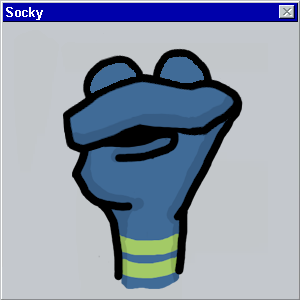A life in focus
June 14, 2013 5:53 AM Subscribe
Greg Marinovich is well known as a member of the Bang Bang Club, winning the Pulitzer Prize for photography for his work during the death throes of apartheid in South Africa. Less known are the unique (and often difficult to obtain) images documenting the often secret rituals amongst the diverse peoples of his homeland. As he writes in a recent column remembering Mandela, making the right choice can often be a difficult one.
*Deserves his own front page post.
Mandela's release in 1990 was a pretty surreal series of events for me. As a fledgling photographer I was thrilled when a British agency asked me to cover it. It was a great chance to make a break into the business, but I was conflicted. I had also managed to gain access to an otherwise secretive ceremony in the far north of the country, scheduled for the same day. The distance between Pollsmoor Prison, where the news crews of the world were camped out, and the mysterious stockade of the Modjadji was some two thousand kilometres. I had to choose between two competing once-in-a-lifetime shoots.Here is a showcase of the works he has made publicly available as prints as well as collections from his close colleague, Joao Silva*.
*Deserves his own front page post.
Holy shit. Some of these photos are stunningly composed. That first one, with the stick bundles and the basket, I could look at for a long, long time.
posted by Now there are two. There are two _______. at 8:01 AM on June 14, 2013 [1 favorite]
posted by Now there are two. There are two _______. at 8:01 AM on June 14, 2013 [1 favorite]
He's a big part of the International Center for Photography's recent show, Rise and Fall of Apartheid: Bureaucracy of Everyday Life, and the book of the same title they recently put out.
The book is fucking phenomenal in all ways (except one: no index), and includes both some of his Apartheid work and (like a lot in the book) some tangentially connected images that are just as strong.
posted by klangklangston at 9:50 AM on June 14, 2013
The book is fucking phenomenal in all ways (except one: no index), and includes both some of his Apartheid work and (like a lot in the book) some tangentially connected images that are just as strong.
posted by klangklangston at 9:50 AM on June 14, 2013
« Older This is a position of daunting, fairy... | Mark Weber, R.I.P. Newer »
This thread has been archived and is closed to new comments


I live in Venda (aka Vhembe, the northernmost part of the country, where the Venda people live) which is one of the places where people still really hold onto/love their traditions. So maybe I can shed a little light on the album of photos taken there. (http://gregmarinovich.photoshelter.com/gallery/Venda/)
The photos marked "fundud" are in reference to Lake Fundudzi, a sacred lake that has several legends associated with it. One says that a water python god lives there. It's pretty well known and fairly popular for tourism (as much as anywhere in Venda is... Not a lot of people come here) because when you visit you can't just gaze upon it, you need to face backwards and bend over to look between your knees.
The dancing girls are doing a famous Venda dance called the Domba (python), which is supposed to resemble the movements of a snake. Only young initiated girls do it. Supposedly it represents fertility.
The shrines mentioned in a few of the photo names refer to a small shrine you find in the center of most homesteads - usually there's a little pot or plant there, and during certain ceremonies you make offerings to the ancestors (like pouring a little bit of tobacco or traditional beer in the shrine.)
The photos are gorgeous, but it's a small shame they're in black-and-white. Venda traditional dress/home decor can be very beautifully colorful.
posted by Solon and Thanks at 6:23 AM on June 14, 2013 [8 favorites]